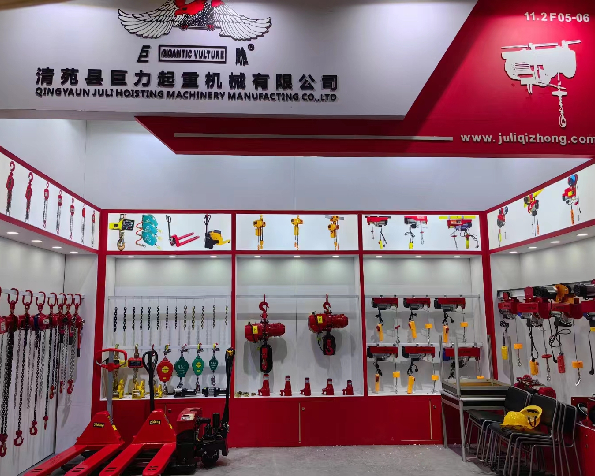


The Importance of Fall Protection Tools in the Workplace
Falls are one of the leading causes of workplace injuries and fatalities, particularly in industries such as construction, manufacturing, and warehousing. According to the Occupational Safety and Health Administration (OSHA), falls account for a significant percentage of serious injuries and deaths each year. As a result, ensuring worker safety through effective fall protection tools has become a primary concern for employers and safety professionals. This article explores the various types of fall protection tools, their importance, and best practices for their implementation.
Understanding Fall Protection Tools
Fall protection tools are equipment and systems designed to prevent workers from falling or to reduce the severity of injuries if a fall occurs. These tools can be categorized into several types, including
1. Personal Fall Arrest Systems (PFAS) PFAS are designed to catch a worker if they fall. These systems typically include a harness, lanyard, and anchor point. The harness is worn by the worker, while the lanyard connects the harness to a stable anchor. PFAS must be properly fitted and regularly inspected to ensure they are in safe working condition.
2. Guardrails Guardrails are physical barriers erected around elevated platforms, roofs, and open edges. These barriers help prevent falls by providing a stable surface that workers cannot easily cross. OSHA standards require guardrails to meet specific height and strength criteria.
3. Safety Nets Safety nets are installed below work areas where there is a risk of falling. They are designed to catch workers and prevent serious injuries. Nets must be placed at a proper distance from the work surface to maximize their effectiveness in stopping a fall.
4. Scaffolding When working at heights, scaffolding provides a stable platform for workers. Scaffolds must be constructed and maintained according to safety regulations to ensure they are safe for use. Proper training in scaffold safety is essential for workers who use these structures.
5. Warning Systems and Signs An effective way to promote fall safety awareness is through warning systems and signage. These can include verbal warnings, visual cues, and instructional signs indicating areas where falls are most likely to occur.
The Importance of Fall Protection

The significance of fall protection tools cannot be overstated. Employers have a legal obligation under OSHA regulations to provide a safe workplace, which includes implementing appropriate fall protection measures. Failure to do so can lead not only to serious injuries but also to legal consequences and financial repercussions.
From a financial perspective, workplace falls can result in significant costs related to medical expenses, workers' compensation claims, and lost productivity. An incident involving a fall can disrupt not only the injured worker's life but also the overall workflow of an organization. By investing in fall protection tools and training, employers can mitigate these risks and foster a safer working environment.
Beyond the practical implications, fostering a culture of safety is beneficial for employee morale. When workers feel that their safety is prioritized, job satisfaction and retention rates tend to improve. Safety training initiatives that include fall protection can also empower employees, making them more knowledgeable about potential hazards and the necessary precautions they should take.
Best Practices for Implementing Fall Protection Tools
To maximize the effectiveness of fall protection tools, employers and safety managers should implement the following best practices
1. Conduct Regular Training Workers should receive ongoing training on how to use fall protection tools correctly. This training should cover the types of equipment available, how to inspect them, and the procedures to follow in case of a fall.
2. Routine Inspections and Maintenance All fall protection equipment should be regularly inspected for wear and damage. Any equipment that does not meet safety standards should be immediately repaired or replaced.
3. Develop a Comprehensive Fall Protection Plan Every workplace is different; therefore, a tailored fall protection plan should be created based on specific hazards and operations. This plan should be reviewed and updated regularly.
4. Encourage Open Communication Workers should feel comfortable reporting potential hazards or unsafe conditions. Establishing an open-door policy encourages proactive safety measures and fosters a collaborative safety culture.
In conclusion, investing in fall protection tools and implementing effective safety practices is crucial for ensuring the well-being of workers, particularly in high-risk environments. By prioritizing fall safety, employers not only comply with regulations but also cultivate a positive work culture that values the health and safety of every employee. Ultimately, the goal is to prevent falls and foster a workplace where every individual can perform their tasks safely and effectively.



